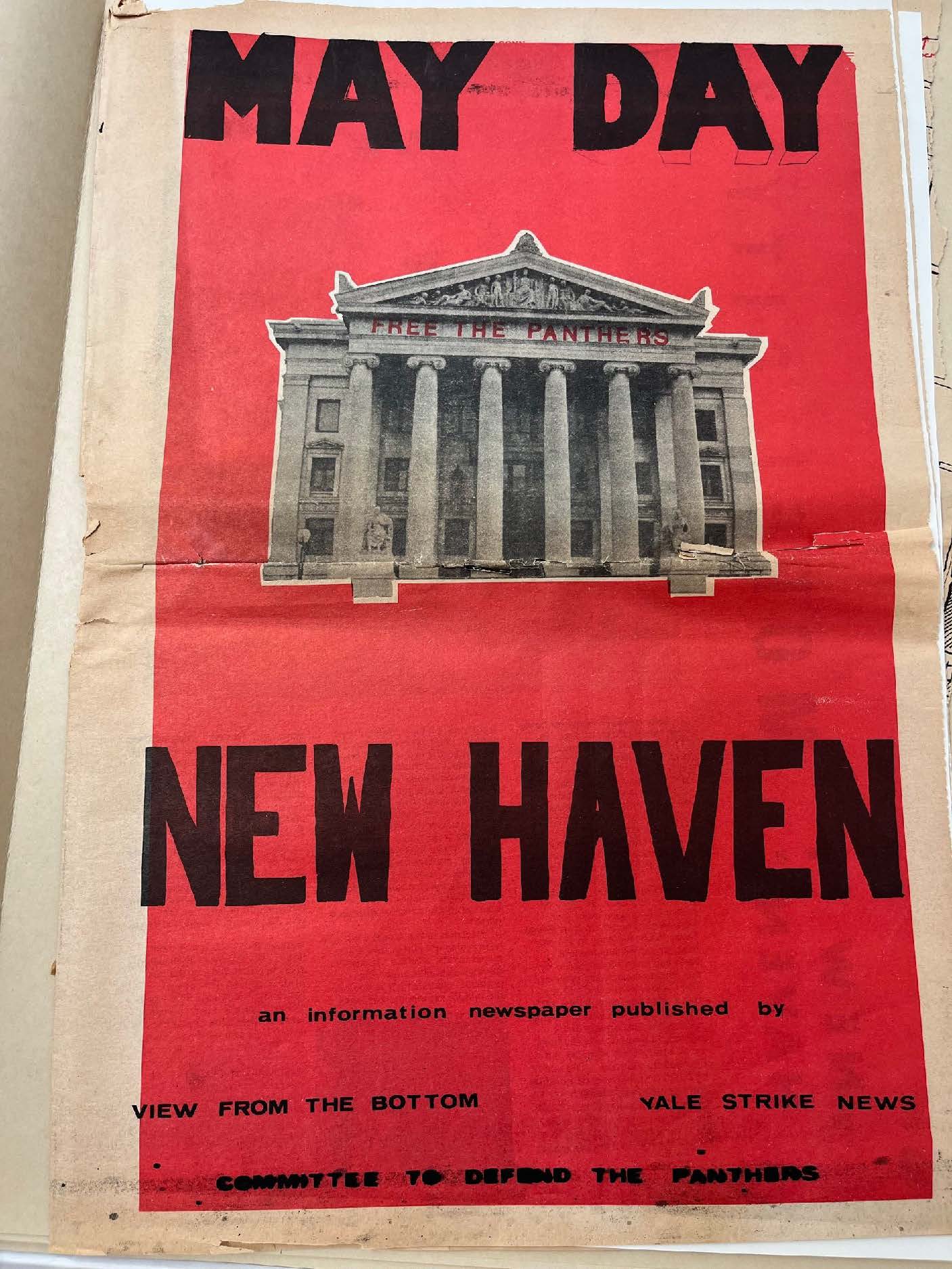Article by Blake Spencer – July 7, 2023
At Yale University’s Center for Preservation and Conservation, there is an air of care and fastidiousness when dealing with materials that hold irreplaceable value to multiple audiences. From arabesque covers bearing allegories relating to metaphysics to the material world of important information detailed within those covers, there is more to each item than the exterior presents at first glance. These collections carry the practical usage of research, knowledge, and spiritual life within each page. These materials deteriorate over time, whether the cause is through specific external agents of deterioration or because of internal vice, such as the acidity of the paper.

As a student interning at Yale University through the HBCU Library Alliance, I learned about preservation and conservation methods used to care for multiple items in need of urgent intervention. This includes interleaving, rehousing, and other basic preservation skills I plan on taking back to my workplace, Moorland-Spingarn Research Center at Howard University. For my project I helped with processing and stabilizing the Michael L. Charney papers. Some of the documents being processed within this collection include:
-
The Black Panther Newsletter
-
Students for a Democratic Society pamphlets
-
New Haven Mayday Newsletter
One of the most intriguing parts of the collection had to be the pamphlets and newsletters relating to the New Haven Mayday protest, a rally that officially kicked off on May 1st, 1970 against the incarceration of the 9 Black Panthers charged for the death of Alex Rackley in Connecticut. At the height of COINTELPRO, a string of illegal surveillance and disruptive operations against recalcitrant American political organizations, FBI spies within subversive spaces were a common occurrence. Alex Rackley, a 19-year-old Black Panther Party member, was tortured and killed after being suspected as an informant for the FBI. With the Chairman of the Black Panther party, Bobby Seale, giving a speech the same day as Rackley’s murder, Seale – along with eight other members of the Panthers – were indicted.
The imprisonment of the New Haven 9 served as the impetus for one of the most well-known trial protests in the United States, and organizations such as the Yale Strike News that published an informational newspaper relating to the Black Panther Party throughout the days leading up to the May Day protest. With seething tensions bubbling amongst Yale’s students and teaching faculty throughout the campus, demands presented by Yale’s Strike Steering Committee were placed at the administration’s doorstep. These demands not only called for Yale to make a statement demanding the "state of Connecticut end the injustice of the trial of Bobby Seale and the New Haven Panthers” but to provide support to New Haven residents with material change, such as creating the Calvin Hill Day Care Center by 1970 and allocating $5 million dollars for immediate construction of 2000 units for low and moderate income housing.
The Michael L. Charney collection also holds various records from organizations dealing with the grievances shared by many medical students and medical professionals across the country, one of the most prevalent being the Medical Committee for Human Rights. One of the pamphlets I came across while processing was titled “Health Radicals: Crusade to Shift Medical Power to the People." This pamphlet talks about how MCHR as an organization has evolved into the “voice of the humanist medicine,” carrying out the “staffing (of) community-controlled free clinics to pushing back against established health-care institutions.” The MCHR developed its ideologies alongside the civil rights movement in the 1960s, including fighting for the “demystification of the medical art” and the “direct control of health institutions by health workers and the people they serve.”
While working with Archivist Kathi Isham and Conservator Laura O’Brien Miller on the Michael L. Charney papers, I engaged with Charney’s work as a medical student while learning more about the processes that go into preservation. Learning how to make object mounts for exhibitions that hold these manuscripts, how to make items more accessible through photo digitization, and housing materials in protective, archival enclosures for safe handling and to extend the life of documents have been very gratifying experiences, making the arduous task of preservation worthwhile.
Special thanks to Laura O’Brien-Miller and Kathi Isham, my project supervisors during my internship, and to the HBCU Library Alliance for this opportunity.
